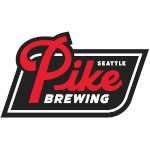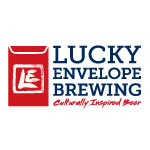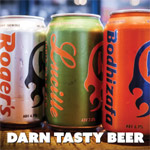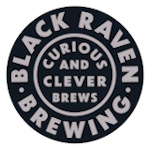Skagit Valley Malting now offering brewers a malted buckwheat option that is adding to the haze
Hazy beer, and especially hazy IPA, is a rather polarizing topic these days. Some people are completely bored or even bothered by its continued popularity. Others are drawn to the haze without exception; regardless of who brewed it, as long as it’s a hazy IPA, they’re happy. Most of us fall somewhere between the two extremes.
Personal preferences aside, there’s no denying that the haze craze is real and it probably isn’t going anywhere. The best breweries, the ones dedicated to innovation and creativity, are always looking to improve on a good thing. Maybe that’s where buckwheat comes into play. Buckwheat is something of an unexpected guest at the party. It’s not something most brewers carrying around in their hazy toolbox, but maybe it should be.
Buckwheat in beer is not revolutionary or unheard of, but its use is not common. That is unless you’re talking about gluten-free beer. Skagit Valley Malting now offers a malted buckwheat product that is finding its way into regular, non-GF beers. Primarily, brewers have used this new offering in recipes for hazy IPAs, and that is the focus of this story, though there are some other, non-hazy applications we mention at the end of this article.
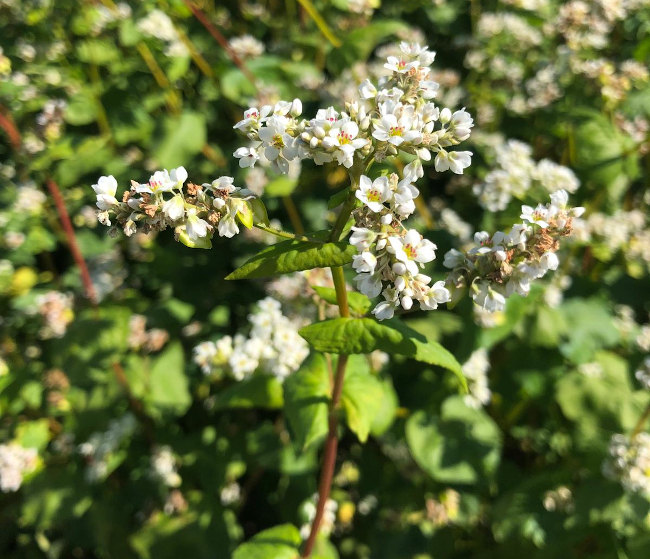
If not a grain, then what is it?
Gluten-free brewers, like Seattle’s award-winning Ghostfish Brewing, often use buckwheat in place of gluten-rich grains like barley and wheat. Interestingly, buckwheat is not a grain, though it is often called a pseudo-cereal or an ancient grain. Whereas grains like barley, wheat, and rye are members of the grass family, buckwheat is akin to an herb and is related to sorrel, knotweed, and rhubarb.
The buckwheat plant produces small, triangular, edible kernels that are high in complex carbohydrates and can be malted like grain. From these malted buckwheat kernels, brewers can extract the proteins, starches, and enzymes needed for the brewing process, just as they would from malted grains.
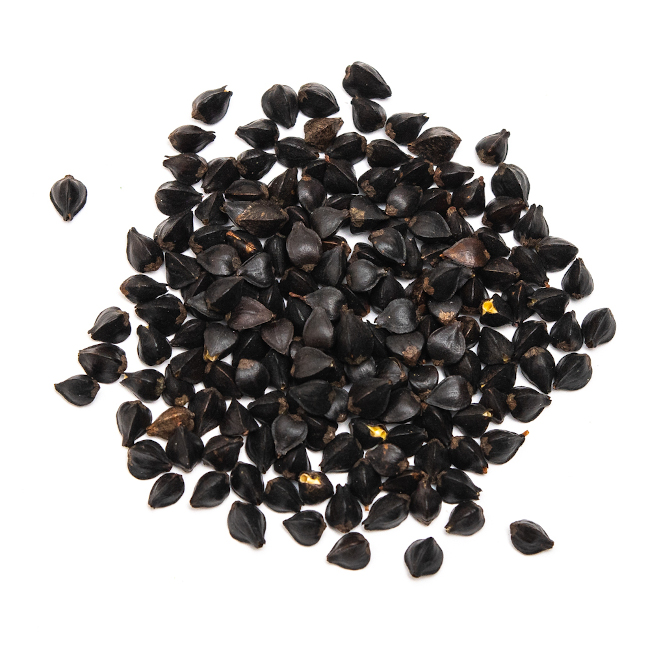
How does it add to the craze?
Without getting too deep into the science, to lend hazy IPAs their cloudy character brewers typically rely on protein-rich grains like wheat, flaked oats, and spelt, as well as yeast strains with low flocculation tendencies (strains of yeast that like to stay in suspension instead of settling out of the beer). Grainy protein, yeast, and hop particulate matter all contribute to the hazy appearance, the flavors, and the pillowy mouthfeel that makes so many beer lovers swoon: the things that make the haze the craze.
The fact that buckwheat can contribute to haze without adding more gluten to the beer is incidental, really. From what I’ve heard, brewers are using it along with other haze-creating, gluten-packed grains. It is part of a hazy recipe, but not the star of the show. It’s garnered interest not only because it helps with the haze, but also because of the other attributes it brings to the beer.
Buckwheat can add some desirable character to hazy beers, as Skagit Valley Malting’s Eric Buist explains. “Buckwheat has a higher gelatinization point compared to barley, which allows it to create a stable haze, increase head retention, provide fluffier mouthfeel, and add residual sugars into beers. All things that are highly desired in hazy IPAs.”
Over the past few weeks, some breweries around Washington have released hazy IPAs brewed with some portion of Skagit Valley Malting’s buckwheat. The list includes the likes of Big Time Brewery, Crucible Brewing, Pint Size Brewing, Bastion Brewing, and Flying Bike Brewery.
What Brewers are Saying
Dick Mergens, head brewer/founder at Crucible Brewing
“I find that malted buckwheat adds a wonderful nutty almond-like character, although it does taste slightly more bitter than average grain. But I think it’s complimentary in IPAs. I also think it adds a little bit more body than traditional wheat. [I’m] very excited that Skagit Malting is doing it now, as I find it to be a very complex grain, but finding malted buckwheat has been difficult in the past. ”
Roy McLaughlin, head brewer at Big Time Brewery
“The beer we brewed with Skagit Valley’s flaked buckwheat is our new Particle Blaster Hazy IPA (6.5% abv 50 IBU’s). Hops used are Idaho 7, Mosaic, and Citra at 4 lbs/bbl with all the adjunct in the beer being the flaked buckwheat. The malt bill is 38% Copeland Pale, 38% Great Western 2-row, 20% Flaked Buckwheat, 4% acidulated. The Buckwheat is high in protein, has alpha/beta amylase enzymes, and at lower rates than oats or wheat can achieve, in my opinion, a body that is silky and smooth with a hint of nutty flavor. Also, the fact that it is an “ancient grain” with no gluten doesn’t hurt.”
“The reason why I made this beer was to experiment with the flavor it would give to hazys and if we liked what it added to the product,” Roy said. “Also using new grains from Skagit Valley Malting is extremely fun and educational. The people over there at SVM really know their stuff and make it easy to use. In future hazy brews, I plan on using it blended 50/50 with flaked oats or wheat.”
Jesse Young, Assistant Brewer, Flying Bike Cooperative Brewery
“Our most recent Hazy IPA features a modest 5% addition of their newest buckwheat malt, and we think the result has been fantastic. This beer did finish at about 3 Plato or 1.012 SG so this beer doesn’t have a ton of leftover sugar, but we believe the buckwheat gives a nice perception of sweetness that isn’t cloying or over the top.”
“Even with our huge dry hop addition of Simcoe, Citra, and Idaho 7, the buckwheat added a great mouthfeel and slight sweetness that accentuates the tropical citrus flavors of the hops. There is a nice creaminess and classic “pillowy” mouthfeel that I think was accentuated by the new malt, and we’d like to try and beef up the buckwheat to 8% or 10% on the next batch… On brew day, we did feel as if we could taste the flavor of the buckwheat, but through boil, fermentation, and dry hop conditioning that flavor has dissipated, so it doesn’t shine through as a highlighted flavor in the beer like Oat malt or Rye malt.”
Jesse continues, “One of the most interesting things about this beer is that after primary fermentation ended, it was actually fairly high in remaining sugar. Higher than other Hazy’s we’d done in the past, so there is quite a lot of unfermentables that I think you get from the buckwheat, so being aware of that is important. BUT with the massive dry hop we employed, Hop Creep resulted in an additional 10 point drop in specific gravity! We typically see around 4 points of Hop Creep on most of our Hazy’s but this was a massive drop. I’m wondering if the Hop Creep enzymes reacted more intensely with the buckwheat since it has more unfermentable starches than say flaked oats and flaked wheat, so we need be aware of Hop Creep when using buckwheat malt when planning our recipes.”
(BTW, hop creep is a story for another day.)
“We’re looking forward to using buckwheat again in future Hazy IPA’s and Hazy Pale Ales in varying degrees of malt bill percentages, but we’d also like to experiment with a few different styles such as a Milk Stout, Oatmeal Stout, West Coast IPA, or an American Mild. It’s so exciting to have one of the best craft maltsers just north of us, and we are looking forward to seeing what else they’ll be doing with these more unconventional malt offerings.”
Other Applications
This new, experimental product from Skagit Valley Malting is not limited to just hazy IPA and gluten-free beers. Some brewers have found other uses for malted buckwheat: Reuben’s Brews brewed a barrel-aged sour using buckwheat; Fair Isle Brewing brewed a Saison; Floodland Brewing collaborated with Structures Brewing to create a double-mashed imperial stout.


